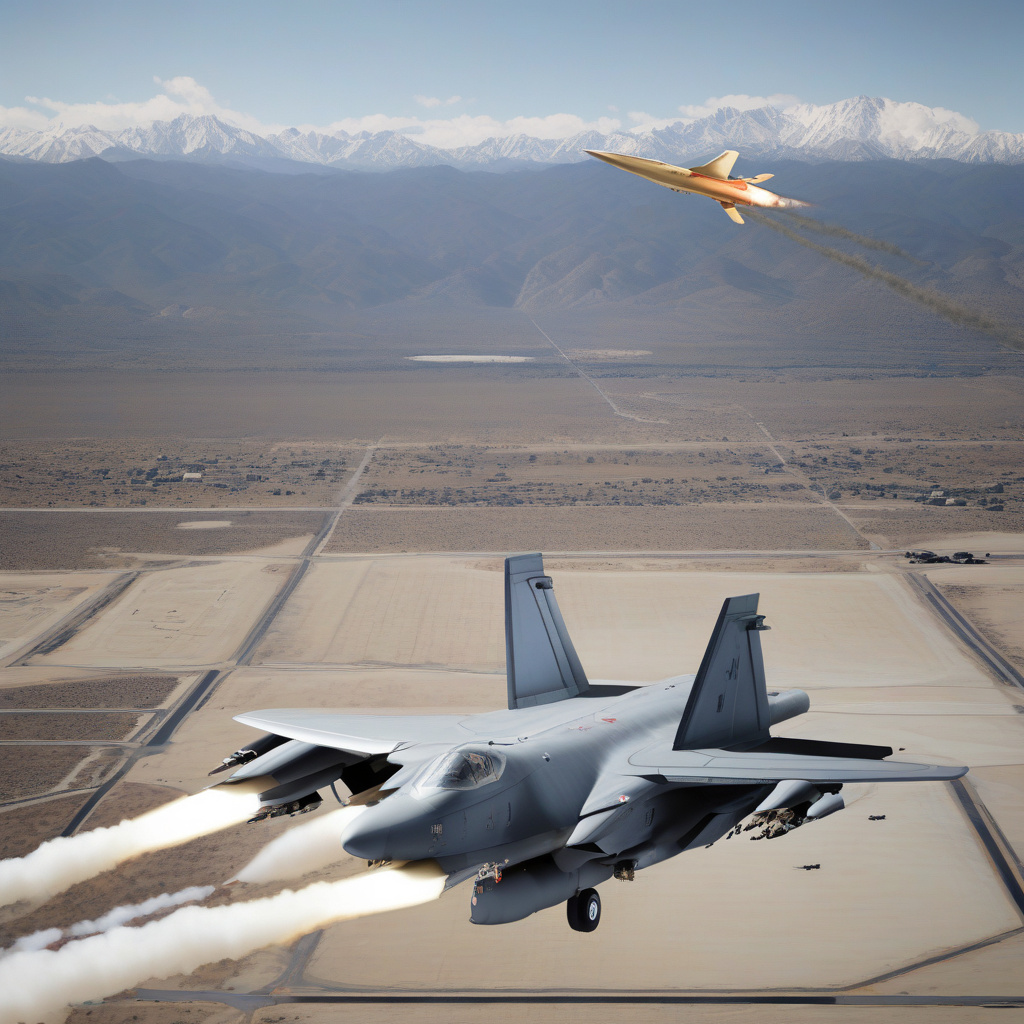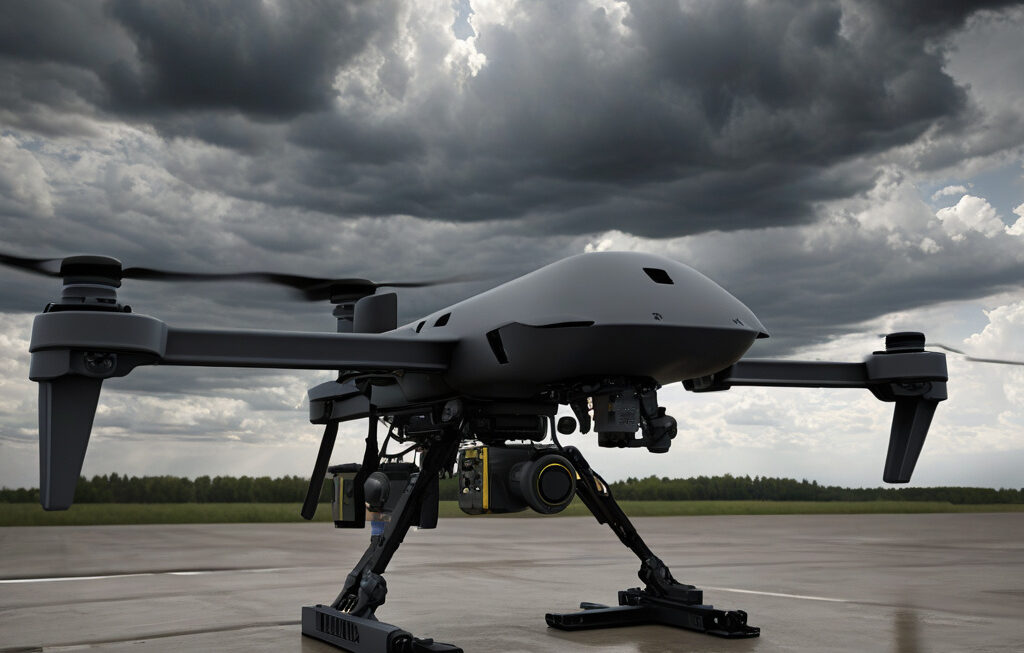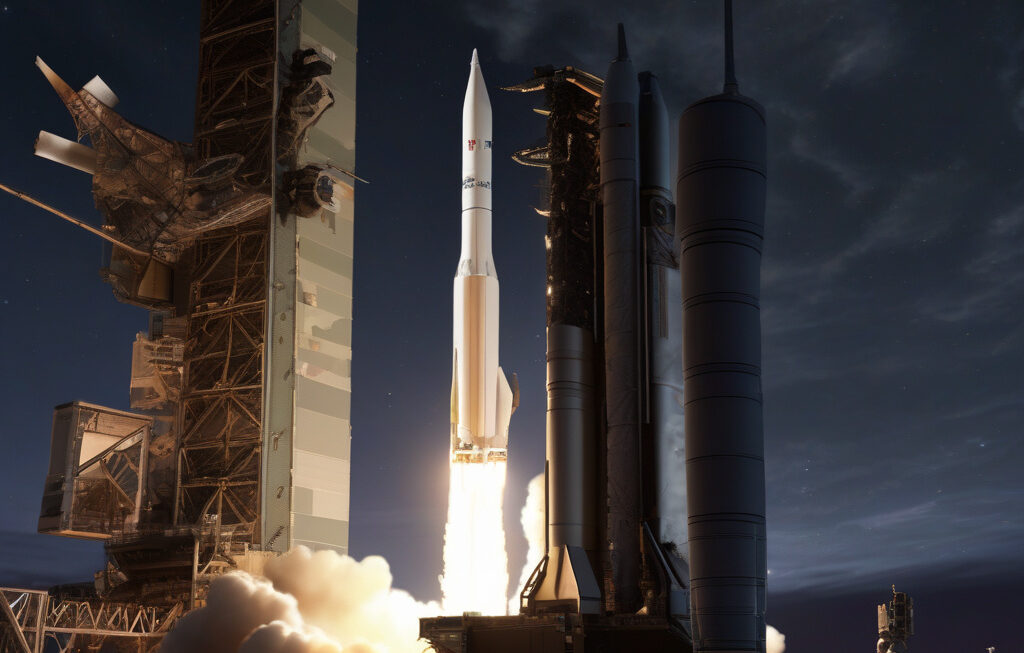Lockheed Martin Tests Low-Cost Cruise Missiles to Transform Cargo Planes and Choppers into Bombers
Lockheed Martin has successfully tested two new versions of its Common Multi-Mission Truck (CMMT), a groundbreaking development that could revolutionize the landscape of military operations. These low-cost cruise missiles have the potential to transform ordinary cargo planes and helicopters into powerful bombers, offering a cost-effective and versatile solution for defense forces around the world.
The innovative concept behind the CMMT is to leverage existing aircraft platforms, such as cargo planes and choppers, and equip them with the capability to launch precision-guided munitions. By doing so, Lockheed Martin aims to provide military forces with a flexible and affordable means of engaging targets with pinpoint accuracy, without the need for dedicated bomber aircraft.
One of the key advantages of the CMMT is its cost-effectiveness. By repurposing existing aircraft for strike missions, defense forces can save significant resources that would otherwise be spent on acquiring and maintaining specialized bomber aircraft. This not only reduces the financial burden on military budgets but also enhances operational efficiency by utilizing assets that are already in service.
Moreover, the adaptability of the CMMT allows for rapid deployment and mission turnaround. Cargo planes and helicopters equipped with these low-cost cruise missiles can quickly transition from their traditional roles to offensive operations, providing commanders with a dynamic tool for responding to evolving threats in real-time. This flexibility is particularly valuable in scenarios where the ability to strike swiftly and decisively can make a crucial difference on the battlefield.
The successful testing of the CMMT underscores Lockheed Martin’s commitment to driving innovation in defense technology. By pushing the boundaries of what is possible, the company is not only advancing the capabilities of military forces but also reshaping the future of aerial warfare. The integration of precision-guided munitions on non-traditional platforms represents a paradigm shift in how air power can be projected, offering a compelling alternative to conventional bomber fleets.
Looking ahead, the implications of Lockheed Martin’s low-cost cruise missiles are far-reaching. Beyond enhancing the strike capabilities of cargo planes and helicopters, this technology has the potential to redefine the concept of air superiority. By enabling a wider range of aircraft to effectively engage ground targets with precision and speed, the CMMT opens up new possibilities for military planners seeking to maximize the impact of their aerial assets.
In conclusion, Lockheed Martin’s successful testing of the CMMT marks a significant milestone in the evolution of military aviation. By transforming cargo planes and choppers into bombers through the integration of low-cost cruise missiles, the company is paving the way for a more agile, cost-effective, and responsive approach to air combat. As defense forces continue to adapt to the challenges of modern warfare, innovations like the CMMT will play a vital role in shaping the battlefield of tomorrow.
Lockheed Martin, CMMT, cruise missiles, military technology, aerial warfare












